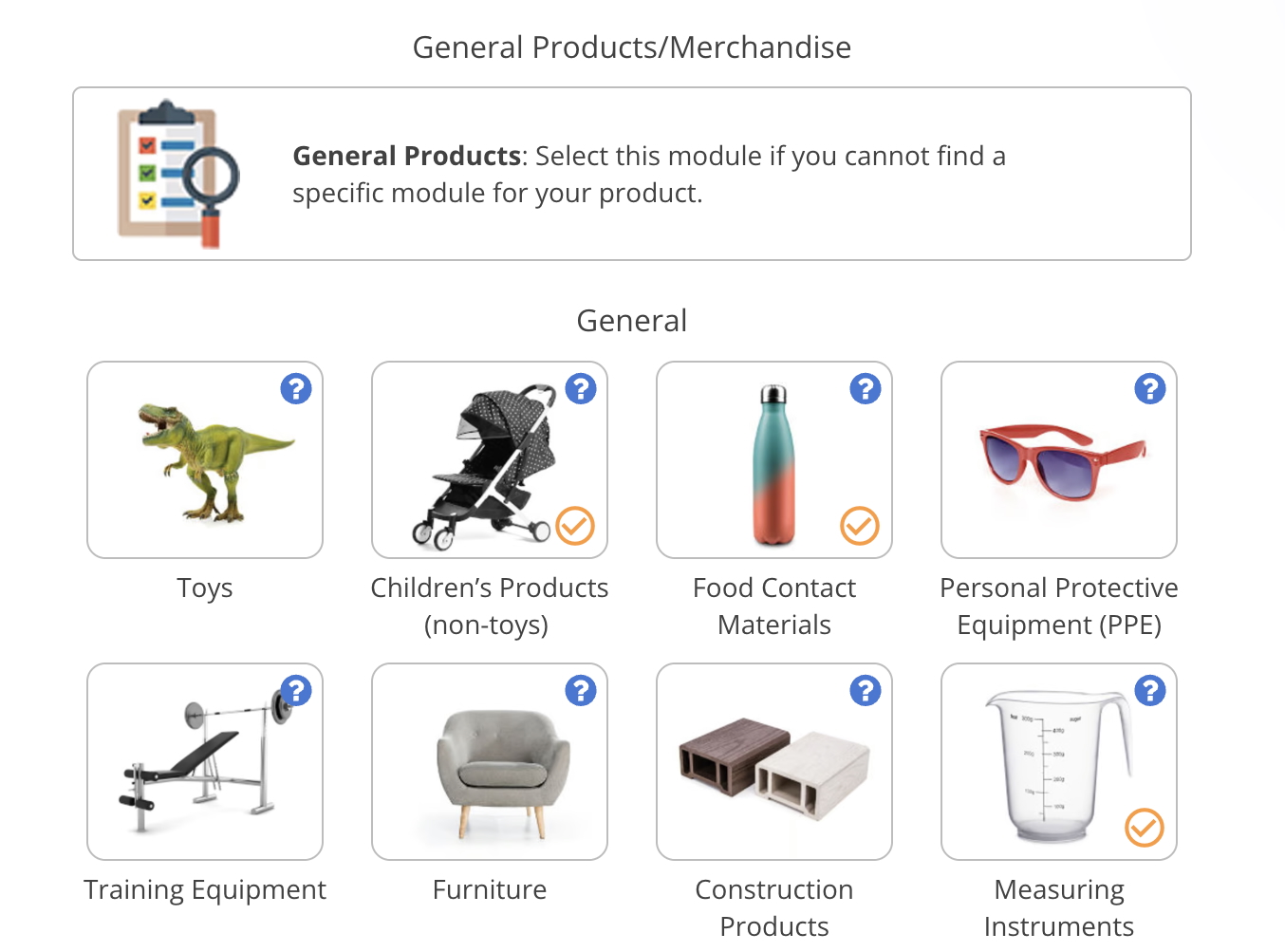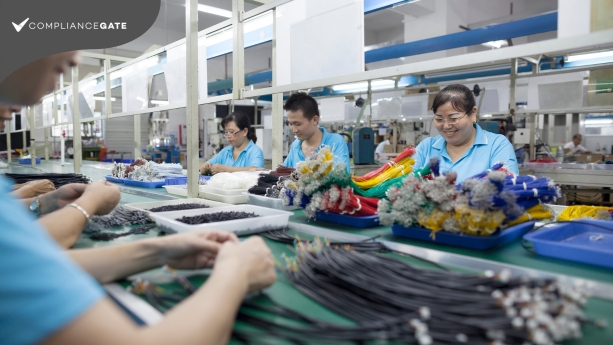
Using existing supplier test reports can help you reduce or even eliminate the need for third-party testing when buying ODM products, materials, and components. That said, such test reports can only be used under certain circumstances. Misused, relying on supplier test reports can result in fines and recalls.
This guide provides crucial insights from more than a decade of vetting test reports from hundreds of Asian and European suppliers. We have also implemented strategies for customers that are based on partial reliance on material and component test reports.
Content Overview

FREE CONSULTATION CALL (30 MIN)
 Ask questions about compliance requirements
Ask questions about compliance requirements Countries/markets:
Countries/markets:
 Learn how we can help your business
Learn how we can help your business
You will speak with:Ivan Malloci or John Vinod Khiatani
What is a supplier test report?
In this article, I use the term “supplier test” report in the context of a pre-existing test report held by a supplier. As such, any of the following supplier-held test reports can be included in this scope:
1. Product test reports
2. Material test reports
3. Component test reports
In this context, a product test report demonstrates compliance for the tested product model. A material test report or component test report on the other than are only valid for the specific material or part covered.
What are the benefits of using a supplier test report?
In an ideal situation, a pre-existing supplier test report can be used to demonstrate that a product, material, or component is compliant with applicable regulations and standards.
This can eliminate or reduce the need for third-party testing, which saves time and money.
For example, an AC adapter that is already UL tested could therefore be purchased off the shelf, instead of going through a months-long process that will also cost you thousands of dollars.
Can supplier test reports be used to demonstrate compliance?
Yes, but under the following circumstances:
1. The test report is valid for the same product, material, or component
2. The test report is held by your supplier
3. The test reports cover current regulations and standards
4. The test report is issued by a somewhat well-known testing company
In essence, the test report must be valid for the correct product and be somewhat recent.
Case Studies
Here are some examples demonstrating how pre-existing supplier test reports can be used in the context of EU and US compliance requirements.
Case Study A: Baby Romper (New Design)
You can use an existing OEKO Tex Standard 100 to verify compliance with the EU REACH regulation, as long as it is valid for the exact fabrics you are using.
That being said, additional testing is necessary to verify compliance with mechanical safety requirements concerning baby clothing in the EU.
Case Study B: Power Bank (Factory Design)
You can only use an existing test report that is valid for the exact same power bank model. This goes down to a component level. If the supplier changed components between the test and you placing your order, then the test report is likely invalid.
Case Study C: Electronic Components
You may be able to use existing RoHS test reports to verify that the heavy metal content does not exceed the limits set by the RoHS Directive. This can therefore reduce the need for third-party testing.
We use this strategy when working on watch manufacturing projects. For example, Citizen Miyota movements are already declared as RoHS compliant, which means that the movement is rarely included in the testing plan.
Instead, we simply download the test reports for the relevant movement from the Miyota website. This does not remove the need for other tests, but it certainly cuts costs. While there are cheaper movements available, the additional testing cost would make it more expensive to use such movements.
Case Study D: Plastic Granules
Procuring plastic granules from a supplier with existing chemical compliance test reports can help you reduce the need for third-party testing.
This can often be achieved if you buy directly from more well-known material suppliers, such as BASF, TotalEnergies or Formosa Plastics.
Case Study E: Air Purifier (OEM)
An ideal strategy in this case would be to only procure an AC adapter that is already compliant as this will:
a. Reduce the need for third-party testing
b. Reduce the risk of testing failure
That said, I will still need to ensure that the final system, consisting of an air purifier and the AC adapter, is tested.
Supplier Test Report Checklist
This part explains what you must look for when vetting a supplier test report.
Product model/SKU
1. Is the correct product model/SKU mentioned?
2. Is the product, material, or component shown with a picture in the test report?
Regulations and directives
1. Is the test report based on regulatory requirements in the relevant country or market?
2. Does the test report list all applicable regulations and directives?
Standards and versions
1. Is the test report based on standards in the relevant country or market?
2. Does the test report list all applicable standards for your product?
3. Are the standards up to date?
Supplier name
Is the “held by” company name matching that of your supplier?
Date of issue
Is the supplier recent? (for example, the last 12 months)
Testing company
1. Is the testing company well-known?
2. Do they respond if you contact them?
Supplier Test Report Verification
Once you’ve established that the test report is relevant for your product and supplier, you must take it one step further and verify the test report. This is a necessary precaution as some suppliers create fake test reports.
You can either contact the issuing company via the contact details provided in the test report itself or use a verification system on their website (assuming this is available).
FAQ
Are there circumstances when supplier test reports cannot be used to demonstrate compliance?
Yes, some products require batch testing. This means that a sample from your production run must be collected and tested, even if the supplier can provide existing test reports for the exact same product and material.
For example, children’s products sold in the United States require initial testing when a company introduces a new product. This is to ensure that the same design and materials that are ultimately sold are verified as compliant.
Further, you cannot rely entirely on supplier test reports if you develop a new product.
What can go wrong if I use test reports from our suppliers?
Supplier test reports can only be used if you understand exactly what they are valid for and how they fit into the larger list of compliance documents needed for your product.
Taking a test report at face value and assuming it covers your product or component can have disastrous consequences in any of the following scenarios:
1. The test report is valid for a different product, material or component
2. The test report is held by another company (not your supplier, so no link can be established)
3. The test reports do not cover applicable or current regulations and standards
The first point is a serious concern as suppliers often have test reports for some products, but rarely all.
Some test reports are also obtained from unreliable sources and may not be based on any testing whatsoever.
Do we need third-party testing if my supplier can provide test reports for all individual components and materials?
Yes, even if you can obtain test reports for every single component and material, you will likely need to arrange testing of the final product.
Can I use a test report valid for a similar product?
No, you cannot normally use a test report valid for one product and claim that this applies to a different product. This is why it is so important to first verify that the test report is in fact valid for the exact same product, model or component.
How do I know which test reports I need to obtain from my supplier?
You must first assess which regulations, directives, and standards apply to your product. Once this is done, you can request test reports and determine if the test reports provided are sufficient.
Do not assume that your supplier is aware of applicable compliance requirements in the US, EU, UK or other markets.
Can I trust that my supplier will send me valid test reports?
No, you should never make this assumption. What often happens when buyers ask suppliers for test reports is that the latter sends any random file they can find on their computer without truly understanding the implications or why this was requested in the first place.
Unless you are buying from a domestic manufacturer or other supplier, you should not assume that they are aware of the requirements in your country.
It is therefore essential that you go through the vetting and verification process explained in this guide for every single test report you obtain.
Can I use test reports I find on an Alibaba page?
In theory, you can, but it is highly unlikely that you will find a test report valid for your specific product or material listed on Alibaba. However, such test reports can be used to assess if a supplier is more likely to have experience manufacturing products according to certain regulations or standards.
Suppliers generally do not list every single test report in their possession on Alibaba. Instead, you will likely need to contact them directly to find out if they have test reports for a certain product or material.
What can I do if my supplier doesn’t have a test report?
In that case, you will do what most companies do, which is to arrange third-party lab testing.
If we develop a new product, should I let my supplier book testing?
No, you should not let your supplier book testing for the following reasons:
1. They are likely not compliance experts and may or may not arrange testing according to applicable regulations and standards
2. They may select a testing company that is not accredited or, for other reasons, is unable to issue valid test reports
3. It is important that you understand the basis for the testing process – there is often more than one way to verify compliance, and if asked, you will need to explain this
Finally, you will pay for third-party testing one way or the other, either directly or indirectly via a higher per-unit cost. You must take command of this process and deal with labs directly.
Can we expect the supplier to pay for testing if we develop a new product?
No, you will need to pay for lab testing in almost all cases.
It is very rare that contract manufacturers are willing or able to pay for testing.
Should I request a supplier test report even if they don’t have one for my product?
Yes, because it can still help you determine if they have experience with manufacturing products in compliance with applicable regulations and standards.
For example, if you are looking for a phone charger supplier – it is essential that they can provide at least a handful of electrical safety test reports corresponding to US, EU or UK standards.
Likewise, I would not consider a garment manufacturer that cannot produce a single chemical test report valid in the United States or the European Union.
Test reports, even when I cannot use them to demonstrate compliance for a particular product, are still an important part of the vetting process.
How do I know if the supplier changed materials or components after testing?
Unfortunately, it might not be possible to know for certain if the supplier changed materials and components after the testing took place, which can render the test report invalid.
You will need to weigh the cost of testing against the risk of using a supplier test report, even if everything lines up perfectly.

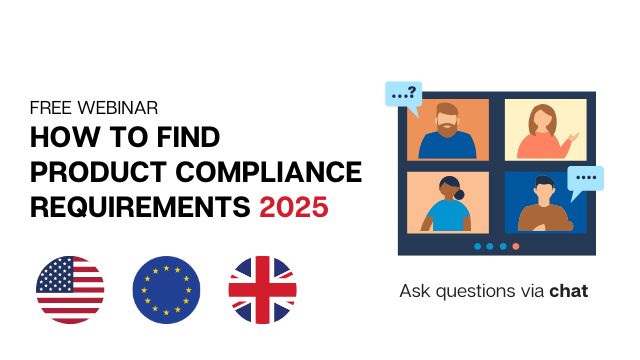
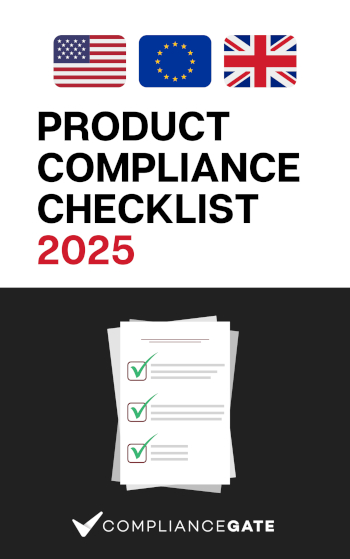




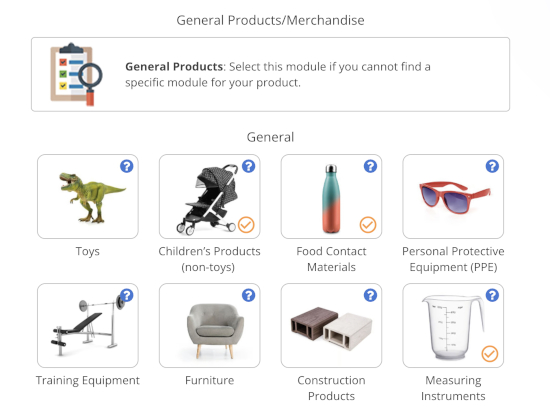






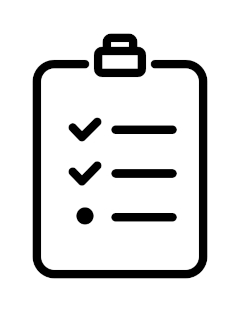


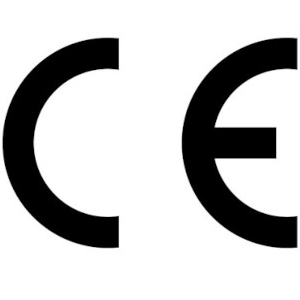




.png)
.png)
.png)
